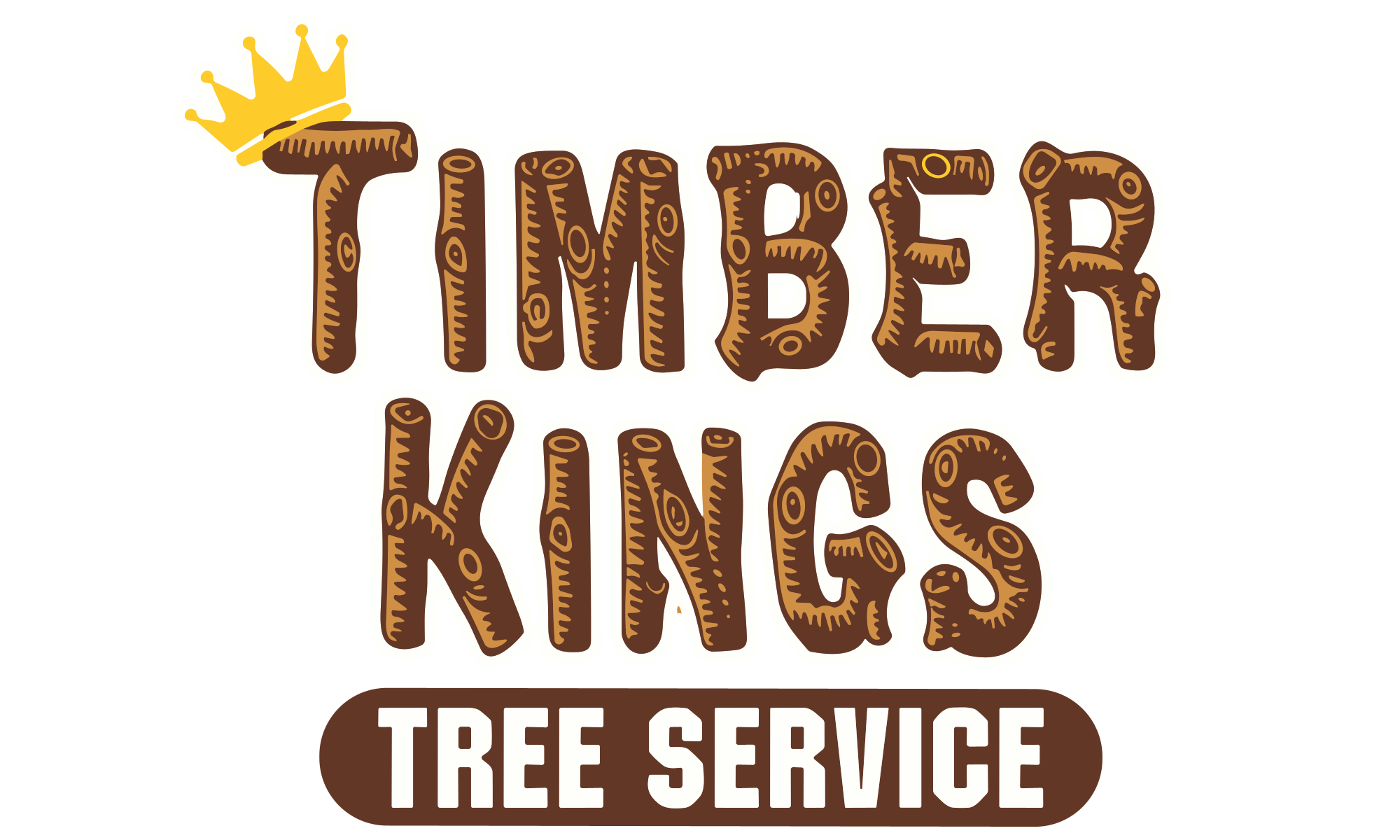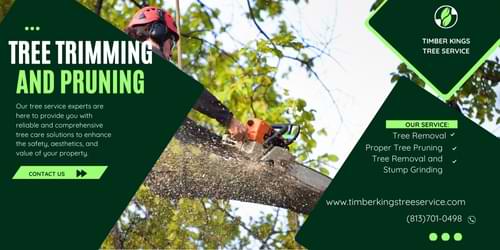Learning the art of arboriculture is more than just gardening; it’s like dancing with nature, and you need to understand how to do it well. In this article, we look at the cutting-edge methods that are changing the way people shape and prune trees. As arborists adopt new techniques, the focus changes to the changing methods that not only protect the health and vitality of our green friends but also make our surroundings look better. We’ll talk about the ins and outs of taking care of trees while focusing on the new technologies that make up the field of arboriculture today.
Table Of Content
The Fundamentals of Tree Trimming
Precision Pruning: Sculpting Nature’s Canopy
Precision trimming shows how science and art can work together in the world of tree care. With this method, only certain branches are cut off to improve the tree’s structure and appearance. Arborists carefully check each branch, looking at things like health, growth trends, and the tree’s visual balance. Precision pruning carefully cuts back branches to improve air flow and sunlight penetration, which helps the tree grow a strong and well-shaped canopy.
Crown Thinning: Illuminating the Canopy
Crown thinning is the process of carefully cutting back some branches from the inner crown. By strategically cutting back the trees, more light and air can get to them while keeping their original shape. The result is a healthier and better-lit canopy, which lowers the risk of diseases and makes the trees healthy overall. Arborists use this method to make sure that the quantity of the leaves is balanced and that no one area is overworked.
The Evolution of Tree Pruning Techniques
End Weight Reduction: Supporting Branch Integrity
End weight reduction is a new way to prune that is meant to solve the problems that heavy branch tips cause. Arborists cut back only the tips of branches, which makes the limbs lighter. Using this method keeps the trees from sagging, which lowers the chance that they will break. Getting rid of extra weight at the ends of branches helps the tree stay stable and live longer by keeping the limbs’ integrity and spreading the weight evenly.
Canopy Elevation: Elevating Aesthetics and Safety
Canopy elevation, also called “lifting,” is the process of cutting off lower branches to make more space under the tree. This method is useful and looks good at the same time. By making room under the tree’s crown, arborists improve its look and keep low-hanging branches from getting in the way of buildings or walking paths. Having the canopy higher is especially helpful in cities where room is limited.
Integrating Technology into Tree Care
Air Spade Technology: Unearthing Root Care Possibilities
The marriage of technology and arboriculture has given rise to innovative tools such as the air spade. This technology utilizes compressed air to excavate soil around a tree’s root zone, offering a non-intrusive method to assess root health. By uncovering and inspecting roots without causing damage, arborists can diagnose issues and implement targeted solutions, ensuring the tree’s long-term well-being.
Remote Sensing: Data-Driven Decision Making
Aerial surveys and drones, which use remote sensing technology, have changed the way tree care inspections are done. These tools give you a lot of information about the health, structure, and quantity of tree canopies. Now that arborists have this knowledge, they can make smart choices about how to trim and prune trees. Remote sensing makes things more efficient by letting care be planned ahead of time using accurate, real-time data.
Cost of Tree Removal: A Factor to Consider
In the realm of tree care, understanding the cost of tree removal is essential. Before embarking on an extensive tree trimming or pruning project, homeowners should be aware of the potential expenses. Factors such as the tree’s size, location, and the complexity of the trimming or pruning required can influence the cost. Hiring a professional tree service ensures that the latest techniques are applied with precision, promoting the tree’s health and longevity.
Final Wording
It’s clear that arboriculture has gone beyond traditional methods as we learn how to trim and prune trees in a way that keeps changing. The most cutting-edge methods for taking care of trees are precision trimming, crown thinning, end weight reduction, canopy elevation, air spade technology, and remote sensing.
A lot of people like these techniques because they make their outdoor places look better and help our beloved trees stay healthy and strong. As knowledge and technology keep getting better, the future of arboriculture looks like it will be a happy mix of nature and new ideas, leaving a lasting memory for future generations.
FAQ’s
Precision pruning is more than just cutting; it focuses on removing only certain branches to improve the tree’s structure and appearance. It makes the air flow, sunlight, and general health of the trees better, which leads to a stronger and more attractive canopy.
Crown thinning is the process of carefully cutting back some branches from the inner crown to let more light and air flow through. This method lowers the risk of diseases, evens out the density of the leaves, and improves the general health of the tree by making the canopy brighter and healthier.
Recent pruning methods involve cutting off only the tips of some branches to make the branches lighter. This is called “end weight reduction.” This method makes trees more stable by keeping branches whole and distributing weight evenly. This lowers the risk of breaking.
Remote sensing technologies, including aerial surveys and drones, provide comprehensive data on tree health, structure, and canopy density. This data-driven approach allows arborists to make informed decisions regarding trimming and pruning strategies, enhancing efficiency, and promoting proactive tree care.
Yes, these methods can be used with different kinds of trees. However, the exact method may be different depending on things like the tree’s health, how it grows, and the surrounding surroundings. Talking to a trained arborist before using any techniques will make sure that they are right for each tree.








1 Comment